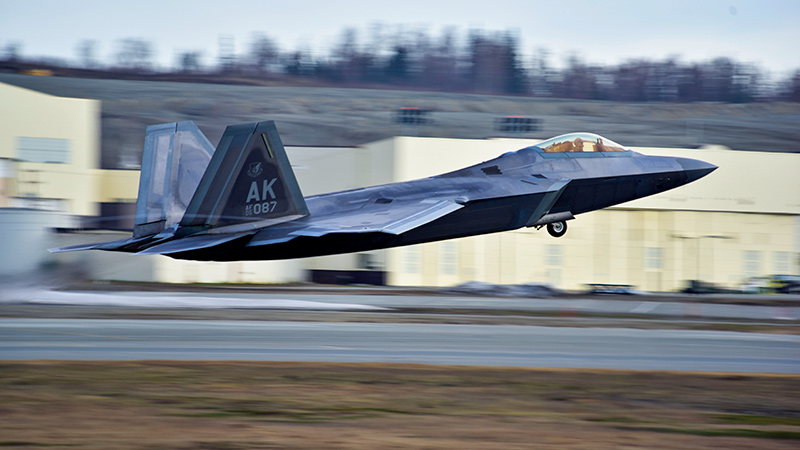Stay Up to Date
Submit your email address to receive the latest industry and Aerospace America news.
The contractor jets that would be flown under the U.S. Air Force’s $400 million-a-year adversary air, or ADAIR, contract must meet a set of ambitious requirements defined by the service last October. Here are some key attributes for the planes, which are expected to be flown by multiple contractors:
Speed, altitude, duration
Companies must provide a mix of aircraft for a variety of scenarios, from acting as “metal in the sky” for pilots in “Blue Air,” or friendly, aircraft, which will try to find and identify them, to engaging in mock air-to-air combat. Speed requirements range from high subsonic (Mach 0.9, approximately 690 mph (1,110 kph) to supersonic velocities typical of advanced fighter aircraft (Mach 1.5, approximately 1,150 mph (1,850 kph). Altitude requirements vary from a minimum ceiling of 30,000 feet up to a minimum ceiling of 50,000 feet. The aircraft also must be able to fly unrefueled (duration) from 1.2 hours (72 minutes) up to 1.5 hours (90 minutes).
Radar
Aircraft must be capable of detecting and tracking other aircraft at ranges varying from 20 nautical miles (37 kilometers) to 90 nautical miles (167 km). They also must be capable of simulating weapons employment – firing various types of air-to-air missiles, for example – against an opposing aircraft. To satisfy requirements at the high end, contractors must procure radars that are among the most advanced available currently. That will be expensive, and it will take time to adapt them to the contractor airplanes.
Link-16
Link-16 is a military tactical data exchange network operated primarily by the U.S. and NATO member militaries. An aircraft that detects targets in the airspace, on the ground or at sea can pass that information to another aircraft. This data creates a tactical picture for allied pilots in a conflict area. Link-16 and comparable advanced data link networks have until now only been flown by governments/militaries. Their use by civilian contractors would be unprecedented and poses a range of classified information challenges.
Captive air training missiles, or CATM
These come in a variety of versions to simulate airborne missiles for training. As captive missiles, they stay fixed to the adversary airplane, but they can take simulated shots, mimicking the emissions produced by the firing and release of their “live” counterparts. Raytheon’s missile unit in Arizona makes a CATM version of its latest Sidewinder air-to-air missile, the AIM-9X, and there are CATM versions of other advanced missiles, such as the Python from Rafael Advanced Defense Systems in Israel. CATMs are expensive and difficult to procure, and contractors will be competing with the military to acquire them.
Editor’s note: In the U.S. Air Force photo at the top of this story, a U.S. Air Force F-22 Raptor takes off from Elmendorf Air Force Base, Alaska, while acting as an aggressor aircraft for pilot training.
About Jan Tegler
Jan covers a variety of subjects, including defense, for publications internationally. He’s a frequent contributor to Defense Media Network/Faircount Media Group and is the author of the book “B-47 Stratojet: Boeing’s Brilliant Bomber,” as well as a general aviation pilot.
Related Posts
Stay Up to Date
Submit your email address to receive the latest industry and Aerospace America news.




